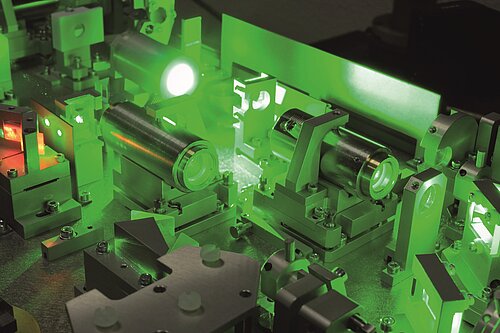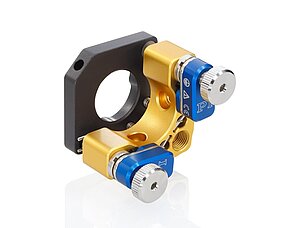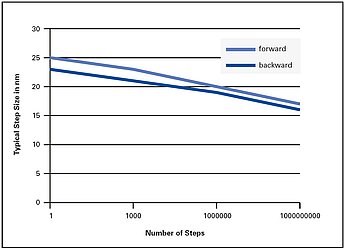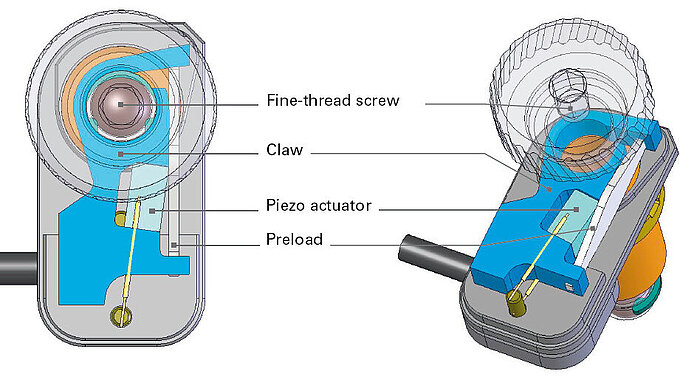Lenses, mirrors, shutters or apertures are important components in measuring and medical devices, in scientific setups or in laser beam control systems. In order to achieve meaningful results, not only stable and high-resolution drives are required for positioning the mechanical and optomechanical components, but also actuators that take up as little space as possible in the experiment.
PiezoMike Linear Actuators
This is where piezo-based linear drives can provide a solution: These space-saving drives operate with a positioning accuracy down to the nanometer range and replace the manually actuated micrometer screws in tip/tilt mirror mechanics or laboratory setups.
Compact and Precise
A typical example of such a drive is the so-called PiezoMike linear actuator N-470. The linear actuator has a motion resolution of typically 20 nm and can align optical components with utmost precision.
Powerful and Long-Term Stable
The PiezoMike linear actuator keeps a position with long-term stability, is vibration-proof and shock-resistant. It provides a holding force of >100 N and a feed force of >20 N, making it the ideal choice for “set-and-forget” applications.
The N-470 achieves its high holding and feed force and high resolution by combining a piezomotor with mechanical thread translation. When at rest, the drive is self-locking and requires no current.
Reliable
PiezoMike linear actuators run a billion steps, 20 meters or turn the screw 20,000 times. PI has specified the lifetime so that after this operating time, the initial step size will decrease by a maximum of 30 %. Even after longer downtimes, the N-470 ensures a reliable start-up.
The Drive Principle Makes It Possible
The piezomotor drive of the PIShift product line is based on the principle of inertia (stick-slip effect). Inertial drives utilize the cyclical alternation of static and sliding friction which is generated by the piezo element between a moving runner - in the case of the PiezoMike, a fine-thread screw - and the piezo actuator. This leads to a continuous feed of the runner with typically 20 nm per step cycle.
This Is How It Works!
The piezo actuator slowly expands when an electric voltage is applied. This expansion leads to a rotation of the claw. Since the claw grasps around the screw, the claw turns the screw when it rotates. Once the piezo actuator has reached its maximum expansion, it quickly contracts and the claw returns to its initial position. As it quickly contracts, the claw slips around the screw. The screw, however, remains in its initial position, due to its mass inertia. This cycle can be repeated at any time to achieve the desired feed forward of the output by turning the screw. This principle allows the motion also to run in the opposite direction.







